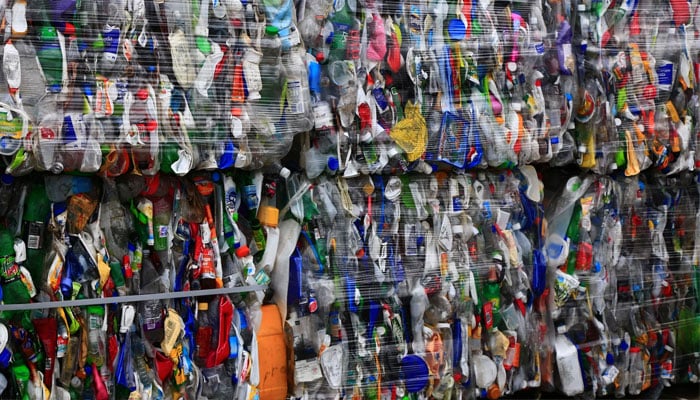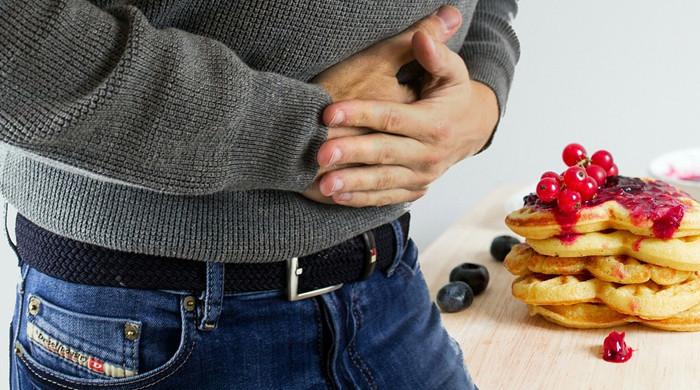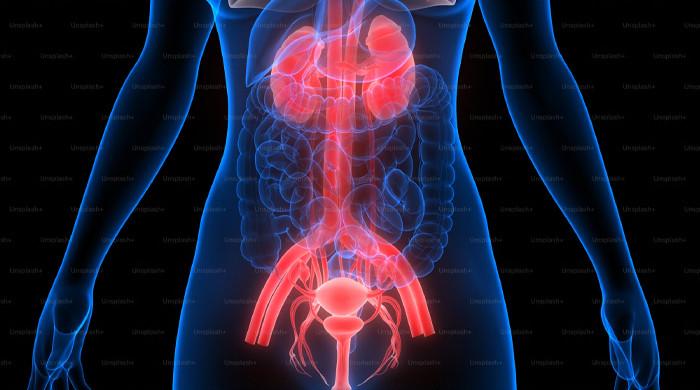Microplastics in food: What they are and how to avoid them
Microplastics are abundant in the environment and have made their way into human diet, here's how to avoid them
January 21, 2024

It’s long been known that fish can be a source of microplastics in the human diet and new research shows processed land meat and even bottled water contain micro and nanoplastics, in abundance.
But, you’re probably in no mood to read research articles on which foods contain microplastics.
And, you don’t need to. There are a few simple ways you can avoid eating microplastics.
But first…
What are Microplastics?
If you’re wondering why microplastics should be of any concern to you, it’s because no matter their size, they’re still plastics.
When plastics are consumed by a living organism, they can concentrate in cells and tissues. Just imagine a foreign object being inside your cells, disrupting normal function.
How do microplastics get into food?
The thing about plastic is that it’s highly resistant to biodegradation. This is how plastics persist in the environment, and make their way into food chains.
It’s easy to picture why microplastics would be found in a plastic water bottle since it’s made of plastic, but, in regards to how it comes into food, its from the fish we consume because of the seas's insane amount of plastic waste.
Land meat gets polluted with microplastics when animals are fed processed food that contains plastic. Research shows processed land meat is much higher in microplastic content than raw meat.
Packaging of food items in plastic wraps, bottles, and containers also adds plastic to the food. This is mainly why heating food in plastic containers is always advised against.
Which foods contain microplastics?
Meat is considered the main source of plastics in the human diet but, these microplastics have even been found in vegetables and fruits as well. Any food item in a plastic container is also a source of microplastics.
What are the effects of eating microplastics?
1. Disrupting gut immunity:
Your gut is the first place these plastics accumulate. If they’re small enough they can enter your immune cells and potentially be further broken down as well.
Persistent exposure to these can lead to “frustrated phagocytosis”, which is a state where your immune cells fail to internalize their targets and remove them from the body. This leads to chronic inflammation of the intestines.
2. Increased Risk of Diabetes:
Microplastics contain byproducts and other chemicals that are needed to make plastic. Dioxins, phthalates, and BPs are also examples of these chemicals.
The presence of these chemicals in the body has been linked to impaired fasting glucose, insulin resistance, and obesity, all of which lead to type 2 diabetes.
Disrupting normal hormone function:
Plastics are made with the help of plasticizers, including Bisphenol A (BPA). BPA mimics your hormones, estrogen, and testosterone because when BPA interferes with these hormones, it leads to infertility and polycystic ovary syndrome.
How to Avoid Microplastics in Food:
1. Find Alternative Food Containers:
Avoid wrapping food in plastic wraps, or storing it in plastic containers. Go for eco-friendly containers made out of rice husk, bamboo, and gelatin films.
Similarly, use glass or steel bottles instead of plastic.
2. Run from Highly Processed Foods:
Add microplastics to the many health hazards of processed foods you already know and do your best to eliminate them from your diet. It’s worth the effort to go for raw meat and cook from scratch.
3. Ditch Tea Bags:
Research says billions of micro and nano plastics can be released into your tea when the hot water interacts with the tea bag. So choose loose tea leaves instead.
4. Eat Seafood with Caution:
If you’re a seafood lover, you can practice some caution to avoid consuming microplastics through it:
Wash the fish very well to remove the microplastics and remember to remove the bowels of the fish, as they’re most likely to contain the plastics.
Tip: Small fish such as sardines and anchovies contain fewer microplastics, so they’re a better option than predatory fish.
5. Pay Attention to Water Sources:
Water can be contaminated with microplastics from the environment. If you drink tap water, filtering it can be a simple solution.
You can also go for a more natural source of drinking water, like springs and wells.











